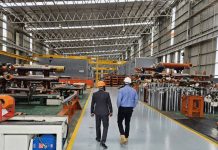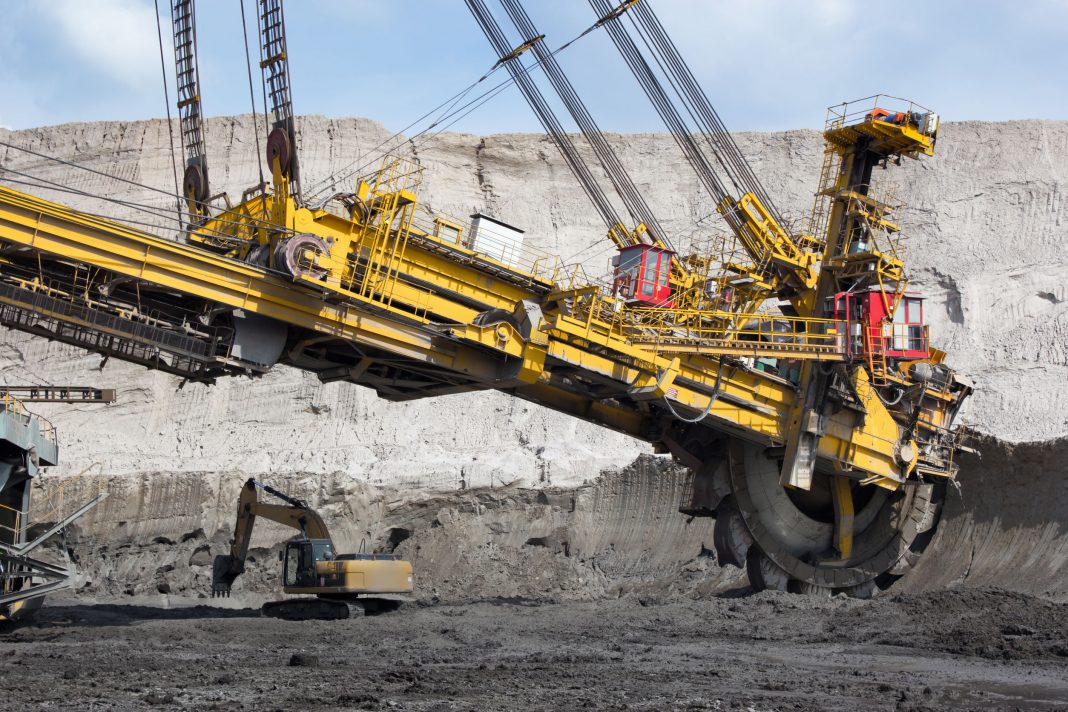The atmosphere at the mining industry’s third annual Health and Safety Conference, held in Ndola last week, was particularly buoyant and positive – and for good reason: with less than two months to go before the end of 2017, the Zambian mining industry was firmly on course for a fatality-free year.
This was significant, given that there had been 13 fatalities in 2016, according to figures from the Mines Safety Department.
In various presentations, mines highlighted progress made in recent years in improving health and safety. For example, Mopani’s Lost Time Frequency Injury Rates (LTIFR) – a key safety metric in global mining – was down from 5.82 in 2008 to 0.50 in 2017; First Quantum Minerals’ Kansanshi Mine had significantly reduced fatigue-related incidents among its haul-truck drivers, thanks to the use of onboard camera technology that can pick up warning signs of micro-sleep; and the sulphur dioxide capture at Konkola Copper Mines’ smelter is now so high (99.7%) that residents can’t even tell when it is operating.
Mining accounts for most of the world’s fatal workplace accidents
“Safety is a collective responsibility, and involves everybody – from the highest levels of the company right down to the shopfloor,” said Chamber of Mines President, Nathan Chishimba, in an interview during the conference. “Accidents will always happen. There is always the possibility of things going wrong. That’s why it’s so important to instil a culture of safety throughout the organisation, with the tone being set by the company leadership.”
Obvious differences between various national mining industries notwithstanding, it’s worth noting that Zambia’s clean fatality record in the run-up to last week’s conference came against the backdrop of a year in which other countries have not been as fortunate. In South Africa, for example, at least 76 people have died in mining incidents this year, marginally up on 2016; in the United States coal-mining industry alone, fatalities are already slightly up on 2016 levels, with at least 11 dead; and in Russia, four workers were killed in a gas explosion in a nickel mine earlier this year, reigniting memories of a gas explosion in 2016 that had killed 36 miners.
However, Zambia’s fatality-free record was not to last. Barely four days after the conference ended, news emerged from North-Western province that a woman truck driver from Kansanshi Mine in Solwezi had sustained fatal injuries after the heavy-duty truck she was driving collided with another truck.
The tragic loss of life brings into sharp focus an oft-quoted statistic by the International Labour Organisation (ILO) – the global mining industry employs 1% of the world’s workforce, but accounts for 8% of fatal workplace accidents.
Statistics show that there has never been a fatality-free year in the global mining industry. The good news, however, is that despite annual variations, the long-term trend is downwards; mining is getting safer.
A good barometer is the mining industry of the United States, one of the largest in the world. A century of mine fatality statistics compiled by that country’s Mine Safety and Health Administration show that American mine deaths have fallen from more than 3 000 a year in 1915 to “just” 28 in 2015. This is despite the dramatic growth of the industry over the same period.

The main drivers of the downward trend in global mine fatalities and injuries are the increasing use of technology, which reduces the exposure of miners to hazardous and life-threatening situations; advances in mine safety and health standards, allied with greater regulatory oversight; and the systematic inculcation of a safety culture among mine employees through awareness, education and training.
Elaborating on this theme in an interview at the conference, Dr. Boniface Zulu, senior medical officer in charge of occupational health at Mopani, said: “Three key factors influencing safety and fatality statistics in mining are the age of your infrastructure, the state of your technology and your safety culture. In the Copperbelt, for example, a lot of the mine infrastructure is old, which is why modernisation is so important. Technology has become more sophisticated and more reliable, which reduces the risk of injury and fatality. Finally, the importance of safety awareness itself is critical, and has to be embedded in the culture of the company.”
The conference was an ideal forum for non-experts to acquaint themselves with the full spectrum of health and safety risks that mineworkers face. These include tuberculosis, silicosis, electrocution, heat exhaustion, flooding, rockfalls, subsidence, explosions and asphyxiation. Indeed, the list is so long, and the round-the-clock nature of mine work so intense, that the real surprise is not that there are so many accidents in the global mining industry, but that there are so few.
As Roy Mwamba of the Zambian Occupational Health and Safety Association remarked during his presentation: “Although statistics may not be accurate as of today, you may wish to know that the transport and construction industries [and not mining] have the highest fatality and disability injury rates in Zambia, which is not supposed to be the case.”
It has been said that a single death is a tragedy, but a million deaths is just a statistic. While fatality statistics are vital in allowing mines worldwide to measure the effectiveness of their safety practices, they can have the unfortunate effect of masking the human side – a point made by a number of speakers during the conference.
Mines Minister Christopher Yaluma was one of them, when he remarked: “Even one death is one too many.”
See also: Underground at Konkola Deep
























